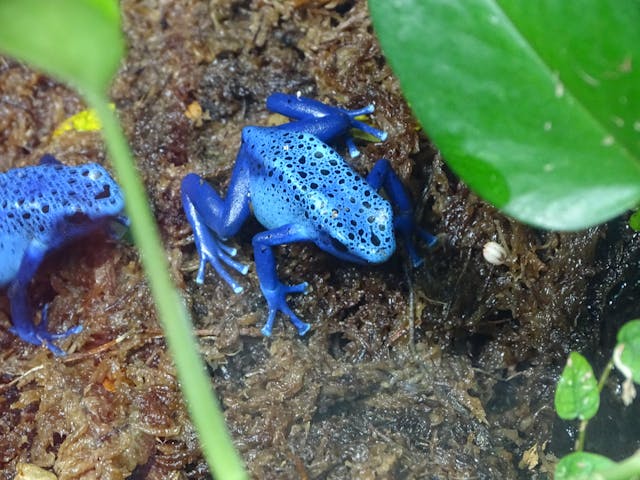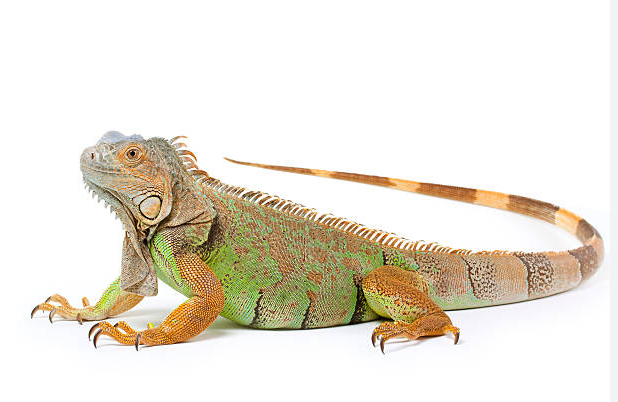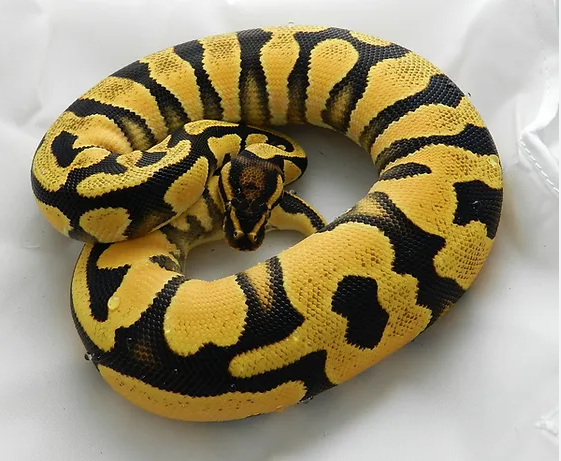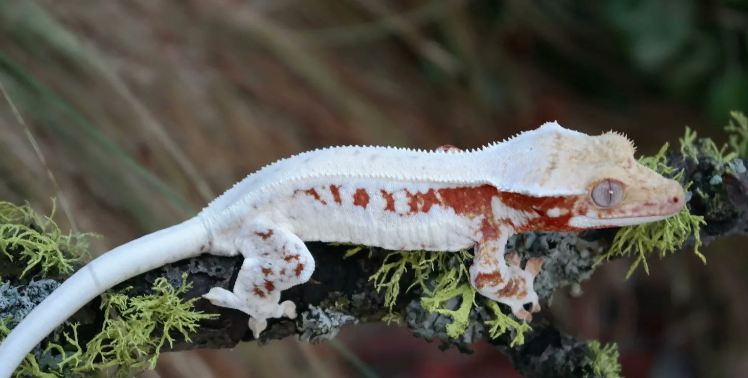Breeding reptiles is a captivating endeavor that combines science, dedication, and a deep appreciation for these ancient creatures. Herpetoculture, the practice of breeding and keeping reptiles in captivity, has gained popularity among enthusiasts worldwide. From the exotic beauty of ball pythons to the prehistoric allure of bearded dragons, each reptile species offers a unique breeding challenge and a rewarding experience for those who embark on this journey.
Understanding Reproductive Biology:
Before delving into the world of reptile breeding, it’s essential to understand the reproductive biology of these fascinating creatures. Unlike mammals, reptiles rely on external factors such as temperature and photoperiod to regulate their reproductive cycles. This means that environmental conditions play a crucial role in stimulating breeding behavior and egg production.

Selecting Breeding Stock:
Successful breeding begins with selecting healthy, genetically diverse breeding stock. Breeders often look for individuals with desirable traits such as vibrant coloration, strong patterns, and robust health. Additionally, understanding the lineage and genetic history of the reptiles can help prevent inbreeding and maintain the overall health of the breeding population.
Creating the Ideal Environment:
Creating the perfect environment for breeding reptiles involves replicating their natural habitat as closely as possible. This includes providing appropriate temperatures, humidity levels, hiding spots, and nesting sites. For species that require a cooling period, such as hibernating turtles, mimicking seasonal changes is essential to trigger breeding behavior.

Monitoring Reproductive Cycles:
Observing and monitoring the reproductive cycles of captive reptiles is crucial for successful breeding. This involves keeping track of mating behavior, ovulation, egg deposition, and incubation periods. By carefully documenting these stages, breeders can optimize breeding protocols and enhance the overall success rate of their breeding projects.
Egg Incubation:
Once eggs are laid, proper incubation is essential for the development of healthy embryos. Depending on the species, incubation parameters such as temperature, humidity, and substrate type may vary. Some reptiles, like geckos and snakes, require specific temperature gradients for successful incubation, while others, such as turtles, may need a moist substrate to prevent desiccation of the eggs.

Hatchling Care:
After hatching, newborn reptiles require attentive care to ensure their health and survival. This includes providing appropriate housing, diet, and environmental conditions tailored to their species-specific needs. Additionally, early handling and socialization can help imprint hatchlings and facilitate their adaptation to captivity.
Ethical Considerations:
While reptile breeding can be a rewarding hobby, it’s essential to prioritize the welfare of the animals above all else. Responsible breeding practices involve adhering to ethical standards, promoting genetic diversity, and providing proper care throughout the entire breeding process. Additionally, breeders should strive to educate others about the importance of conservation and sustainable captive breeding programs to safeguard endangered species and their natural habitats.

CONCLUSION:
Breeding reptiles is a multifaceted journey that requires patience, knowledge, and a genuine passion for these remarkable creatures. Whether you’re a seasoned breeder or a novice enthusiast, the world of herpetoculture offers endless opportunities for discovery and exploration. By embracing responsible breeding practices and sharing our experiences with others, we can contribute to the conservation of reptile species while enjoying the beauty and diversity of the reptile kingdom.
Sell your animals on MorphMarket!

Simply desire to say your article is as surprising. The clearness in your post is simply excellent and i could assume you are an expert on this subject. Fine with your permission let me to grab your feed to keep up to date with forthcoming post. Thanks a million and please carry on the gratifying work.
Absolutely, thank you for your interest! You can find our archives here.